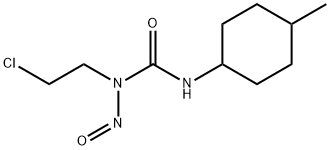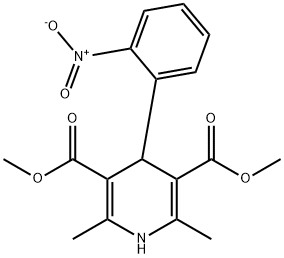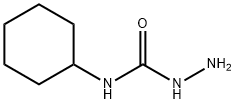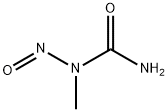Semustine , 13909-09-6
Synonym(s):
N-(2-Chloroethyl)-N′-(4-methylcyclohexyl)-N-nitrosourea;Methyl-CCNU
CAS NO.:13909-09-6
Empirical Formula: C10H18ClN3O2
Molecular Weight: 247.72
MDL number: MFCD00133811
| Pack Size | Price | Stock | Quantity |
| 100mg | RMB1181.66 | In Stock |
|
| others | Enquire |
PRODUCT Properties
| Melting point: | 64°C (rough estimate) |
| Density | 1.3346 (rough estimate) |
| refractive index | 1.5500 (estimate) |
| storage temp. | Store at -20°C,unstable in solution, ready to use. |
| solubility | Soluble in DMSO |
| form | Solid |
| pka | 10.89±0.40(Predicted) |
| color | Light yellow to yellow |
| CAS DataBase Reference | 13909-09-6 |
| IARC | 1 (Vol. Sup 7, 100A) 2012 |
| EPA Substance Registry System | 1-(2-Chloroethyl)-3-(4-methylcyclohexyl)-1-nitrosourea (13909-09-6) |
Description and Uses
In October 2008, scientists of the International Agency for Research on Cancer reaffirmed the Group 1 classification ‘carcinogenic to humans’ of 20 pharmaceutical agents including semustine. Me-CCNU [1-(2-chloroethyl)-3- (4-methylcyclohexyl)-1-nitrosourea] is an alkylating agent of the nitrosourea group, used alone or in combination with other chemotherapeutic agents to treat several types of cancers, including primary and metastatic brain tumors, Lewis lung tumor, and L1210 leukemia. It has also been used to treat cancers of the digestive tract, Hodgkin lymphoma, malignant melanoma, and epidermoid carcinoma of the lung. Doses varied depending on the type of cancer and body weight of the individual. The typical oral dose was 125–200 mgm-2 body surface area, and was repeated every 6 weeks. An alternative regimen was reported to be 200–225 mg m-2 orally every 6–8 weeks. Me-CCNU is a bifunctional antineoplastic agent that undergoes spontaneous chemical decomposition, yielding electrophilic compounds and ultimately inducing alkylation and carbamoylation of cellular macromolecules, including DNA and protein.
Commonly used in pharmacological studies involving: • ;Nutrient-sensitized screening for drugs that shift the energy metabolism from mitchondrial respiration to glycolysis1• ;CEOP regimen with semustine used as induction chemotherapy in patients with lymphoma2• ;Investigations into its use for chemotherapy3,4
Safety
| Symbol(GHS) |   GHS06,GHS08 |
| Signal word | Danger |
| Hazard statements | H300-H311+H331-H315-H319-H335-H350-H360 |
| Precautionary statements | P202-P280-P301+P310-P302+P352+P312-P304+P340+P311-P305+P351+P338 |
| Hazard Codes | T |
| Risk Statements | 45-46-23/24/25-36/37/38 |
| Safety Statements | 53-22-26-36/37/39-45 |
| RIDADR | 3249 |
| WGK Germany | 3 |
| RTECS | YS5000000 |
| HazardClass | 6.1(a) |
| PackingGroup | II |
| Hazardous Substances Data | 13909-09-6(Hazardous Substances Data) |
| Toxicity | child,LDLo,oral,5550mg/kg/30W (5550mg/kg),KIDNEY, URETER, AND BLADDER: CHANGES IN BOTH TUBULES AND GLOMERULI,New England Journal of Medicine. Vol. 300, Pg. 1200, 1979. |






